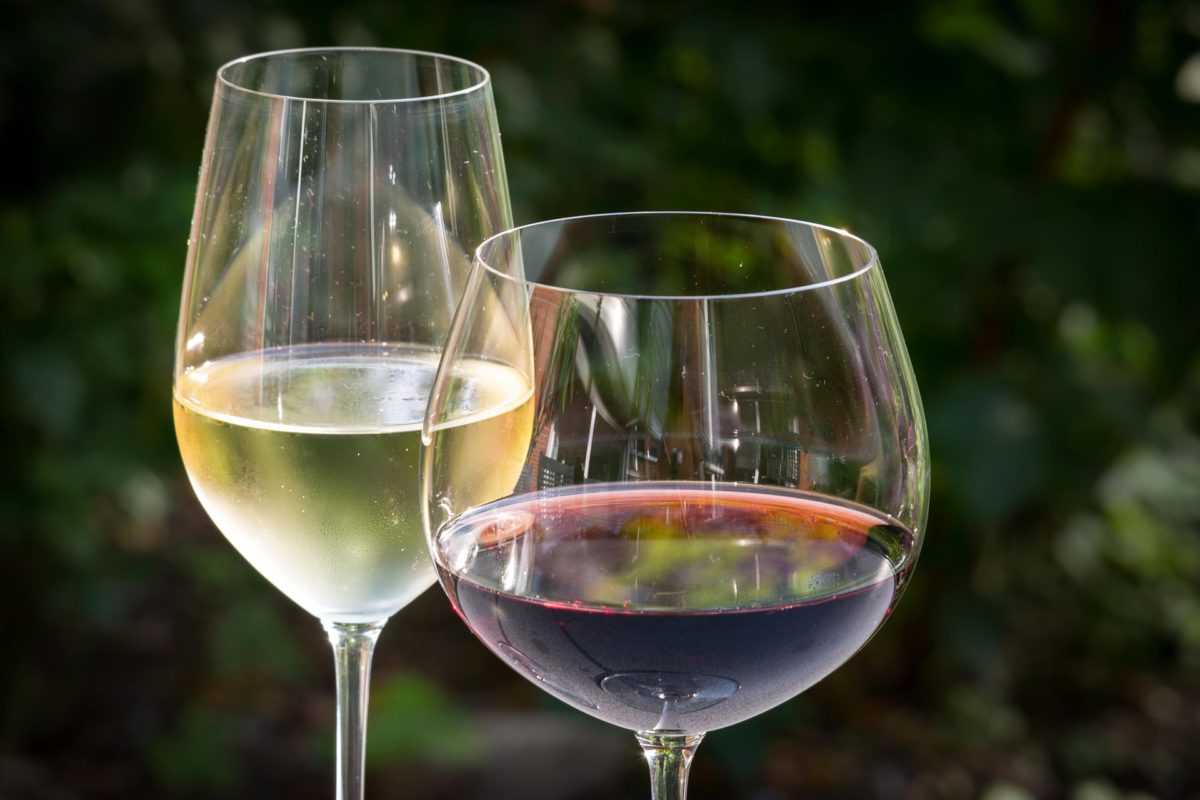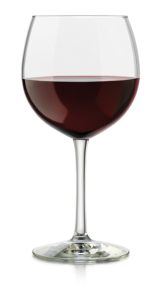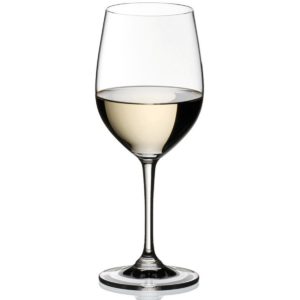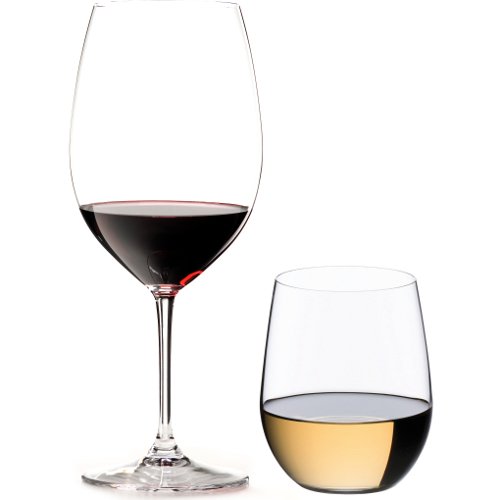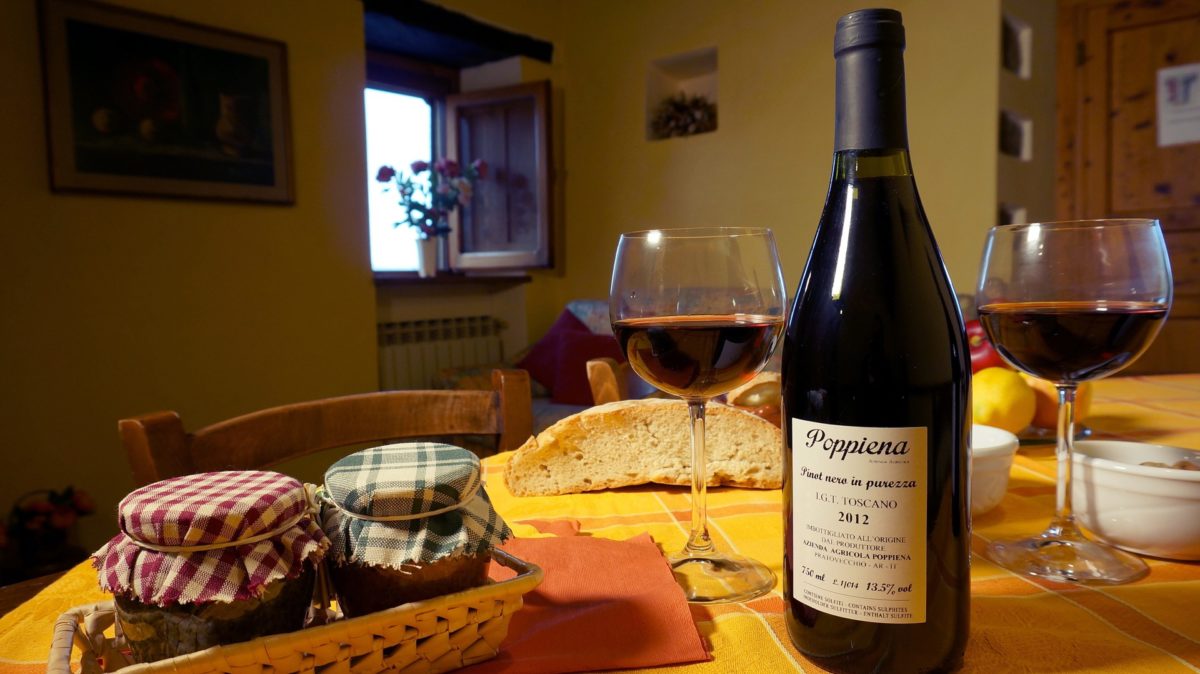Red wine can be stored for a long time in bottles, and often gets better with age. But how long can you keep red wine once opened?
Red wines range from delicate Pinot Noirs and Beaujolais to powerhouse Amarone and Malbecs. Regardless of the variety, red wines have a place on our dinner table and wine list. It’s amazing to share a glass of wine with your friend over dinner or during a special occasion. Don’t feel guilty; red wine is rich in the antioxidant polyphenol which is healthy for your heart and prevents memory loss associated with old age. If you have ever wondered how long you can keep your red wine after opening it, read more to find the answers you have been looking for.
Before specifying the exact time your red wine can last before spoiling, it is worth to understand that wine spoils due to oxygen and light. The ultraviolet rays from the sun degrade your wine. For that reason, most of the red wines bottles are dark in color to protect the wine from the sun. When you pull the cork of your red wine, you expose its content to the oxygen. Oxygen spoils your red wine because it turns it into vinegar due to oxidation. Oxidized red wines lack flavor and turn from bright red to brown.
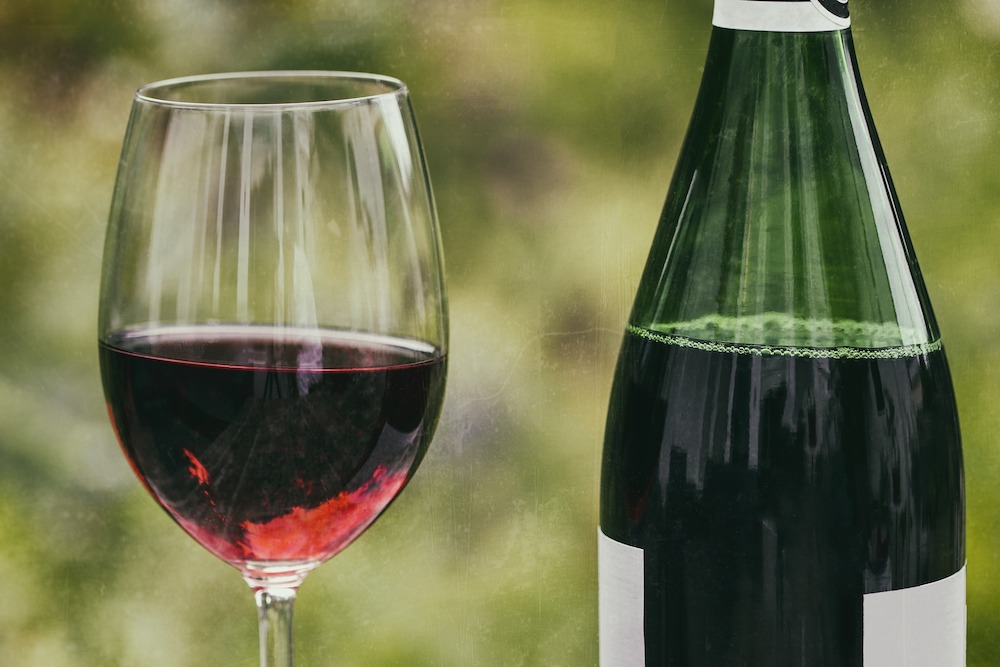
The expected time your red wine can last once opened is 3-5 days. Red wine contains tannins which stave off the process of oxygenation. With more tannins, your red wine can last for up to five days. Pinot Noir, for instance, has little tannins and sensitive to light, and can only last for at most three days. Beaujolais lasts for four days and five days for the Rhône.
Always Re-Cork Your Opened Wine Bottle
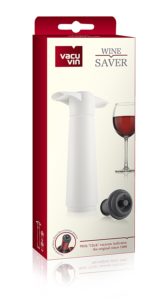 Your red wine can last less than the stated time depending on how you store it. It is advisable to re-cork your red wine after every glass pour. Keep the red wine bottle out of light. Storing your red wine in the refrigerator keeps it fresh for a longer time. If you intend to keep your red wine for a week after opening it, you may consider having a wine preserving tool like Vacu Vin Wine Saver. This tool is a little pump with a bottle stopper. After opening your wine, you can put the stopper and create a vacuum by sucking out air using Vacu Vin Wine Saver.
Your red wine can last less than the stated time depending on how you store it. It is advisable to re-cork your red wine after every glass pour. Keep the red wine bottle out of light. Storing your red wine in the refrigerator keeps it fresh for a longer time. If you intend to keep your red wine for a week after opening it, you may consider having a wine preserving tool like Vacu Vin Wine Saver. This tool is a little pump with a bottle stopper. After opening your wine, you can put the stopper and create a vacuum by sucking out air using Vacu Vin Wine Saver.
Wine drinking is a beautiful experience. If you and your company can finish a bottle of red wine in an evening, that’s great. But if you want to enjoy for a few days, understand how long you can keep red wine once opened, and maintain its quality, taste, and color, for even better experiences.
How Long is it Recommended to Keep Opened Red Wine?
Please note that the information given here represents the maximum amount of time that your opened wine would still be reasonably drinkable. I don’t particularly recommend allowing any opened bottle to go over 3 days. I do, however, find that an opened bottle of red wine often tastes even better on the second day. Provided that you re-corked it, kept it refrigerated, and then gave it about an hour to warm up again (still re-corked) before drinking on the second evening.
I know sometimes the wine is just too tasty and you want to finish the bottle. But other times you just want to enjoy a glass or 2, get the health benefits, and yet still be able to wake up early for work the next day. In that case, it’s perfectly fine to stretch a bottle of red wine out over a couple days.

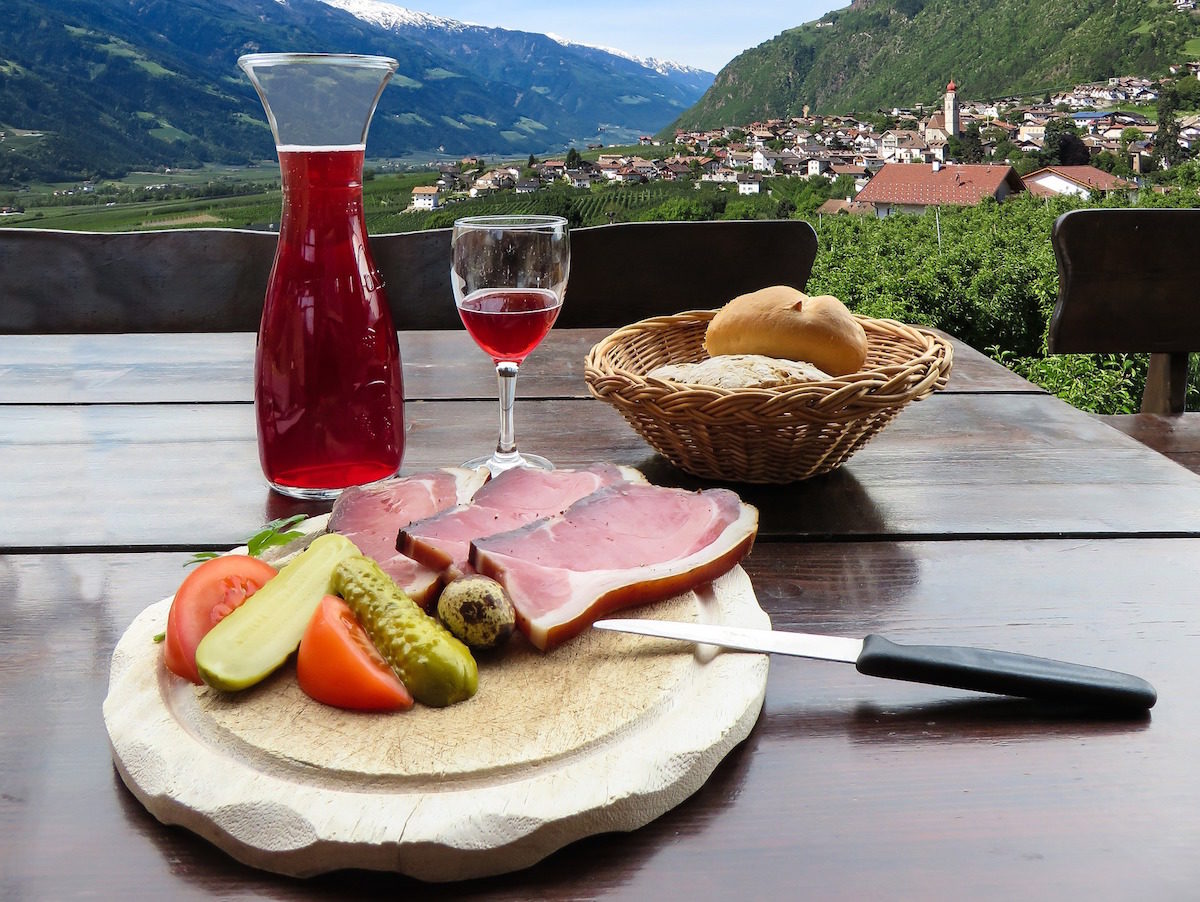
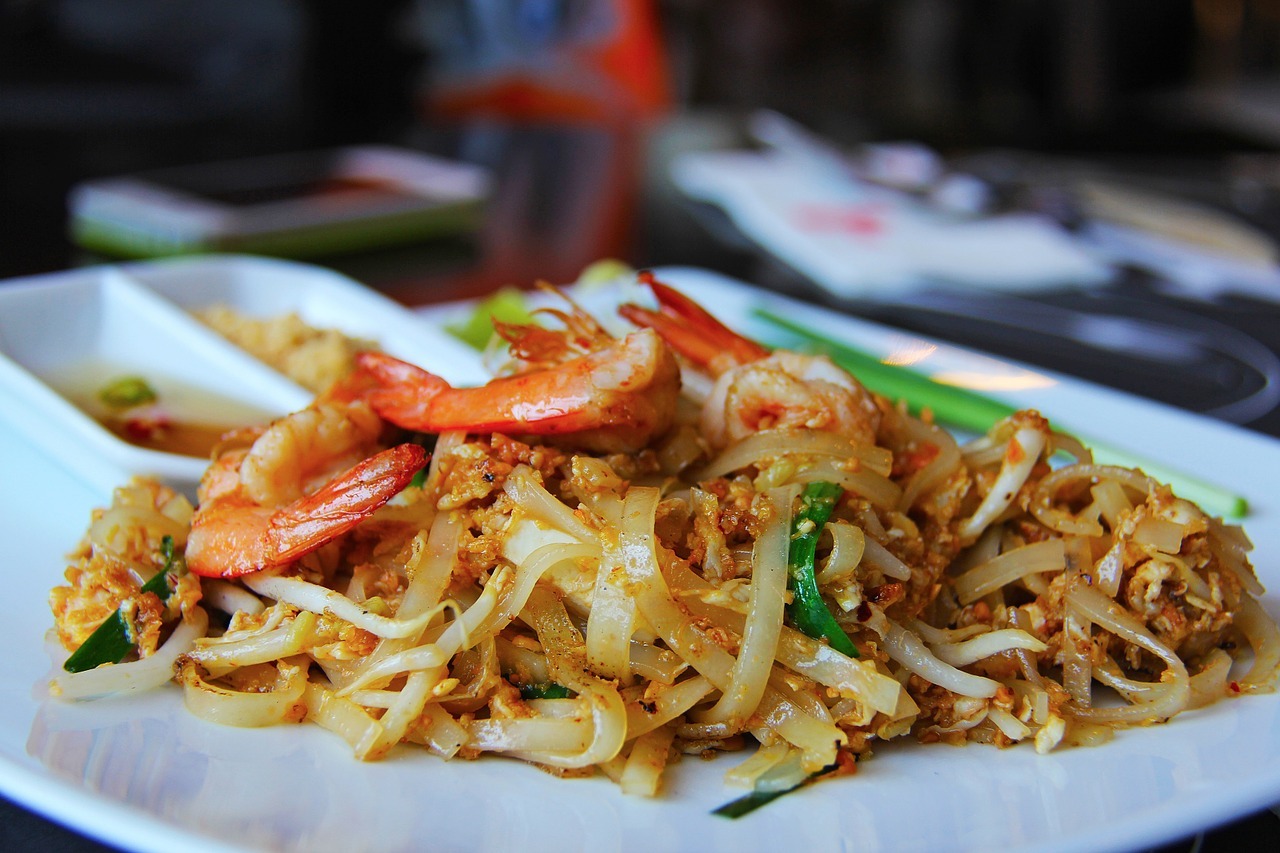
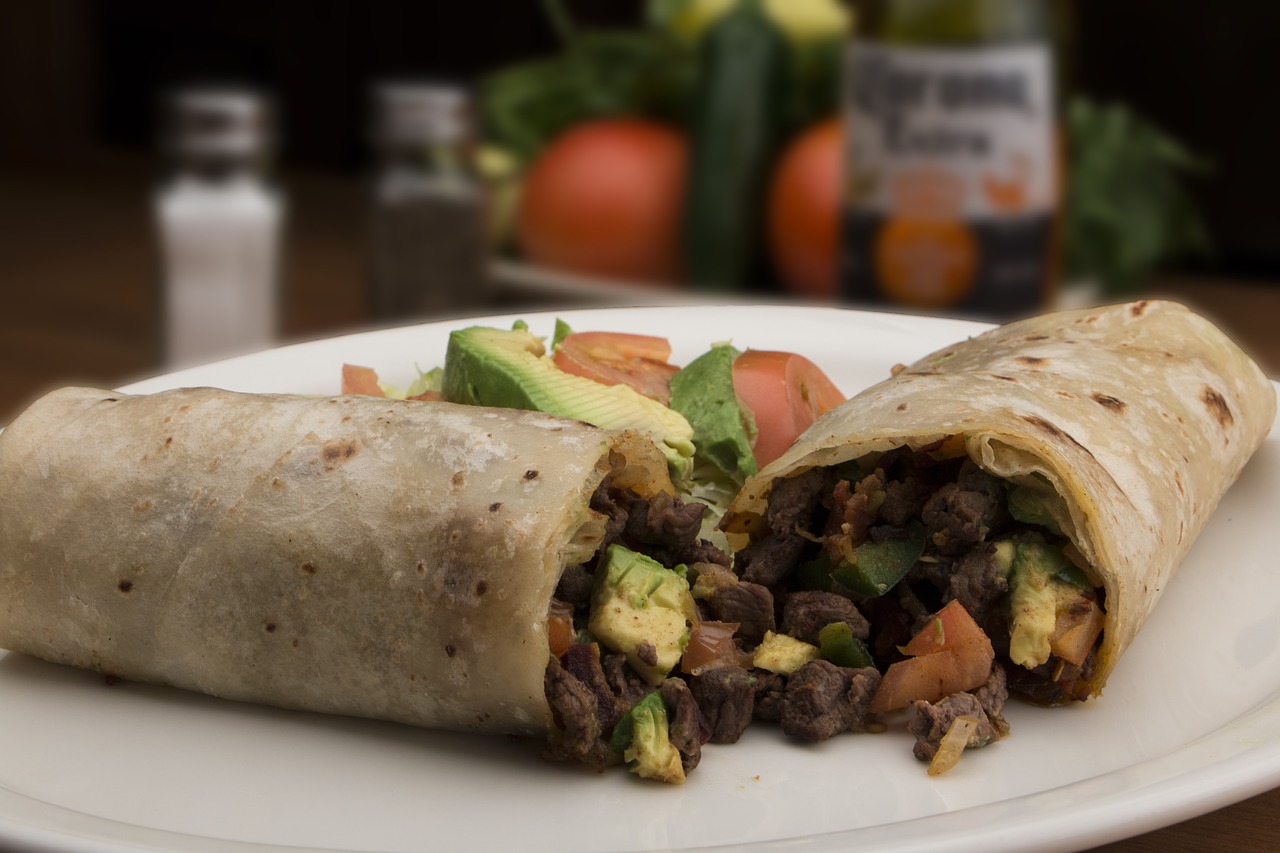
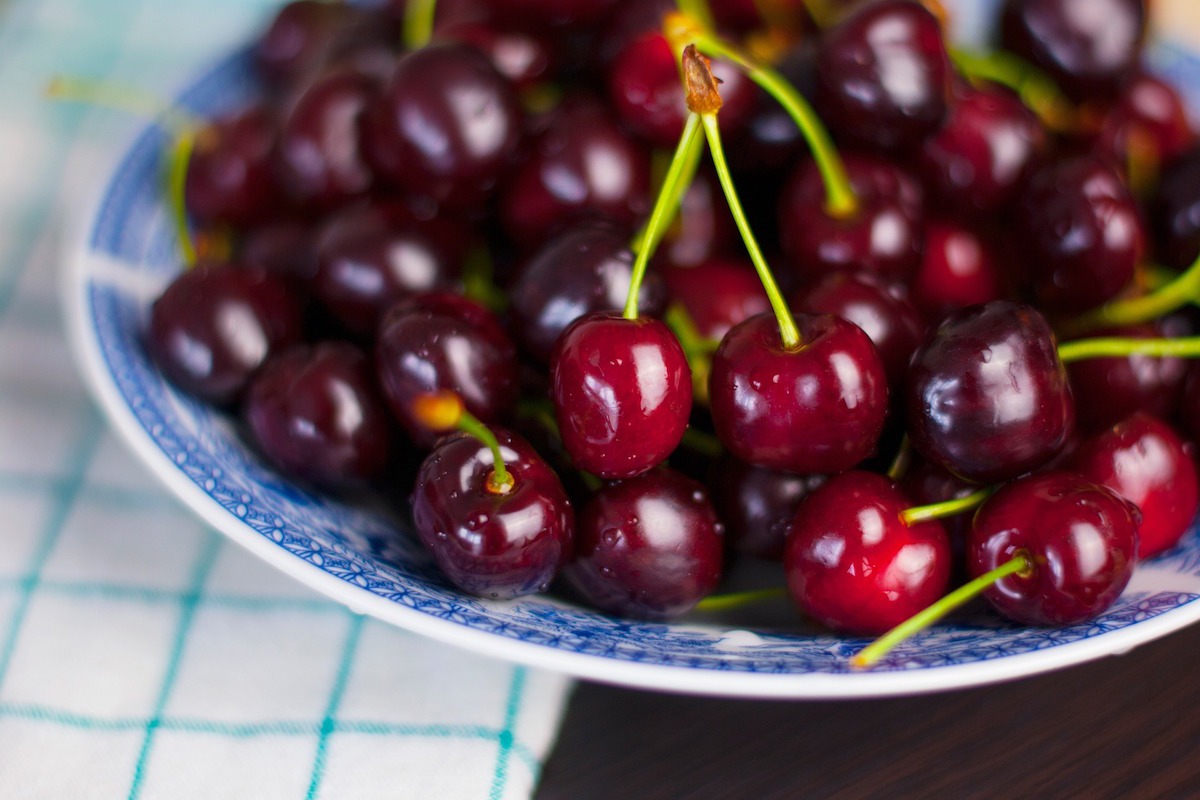
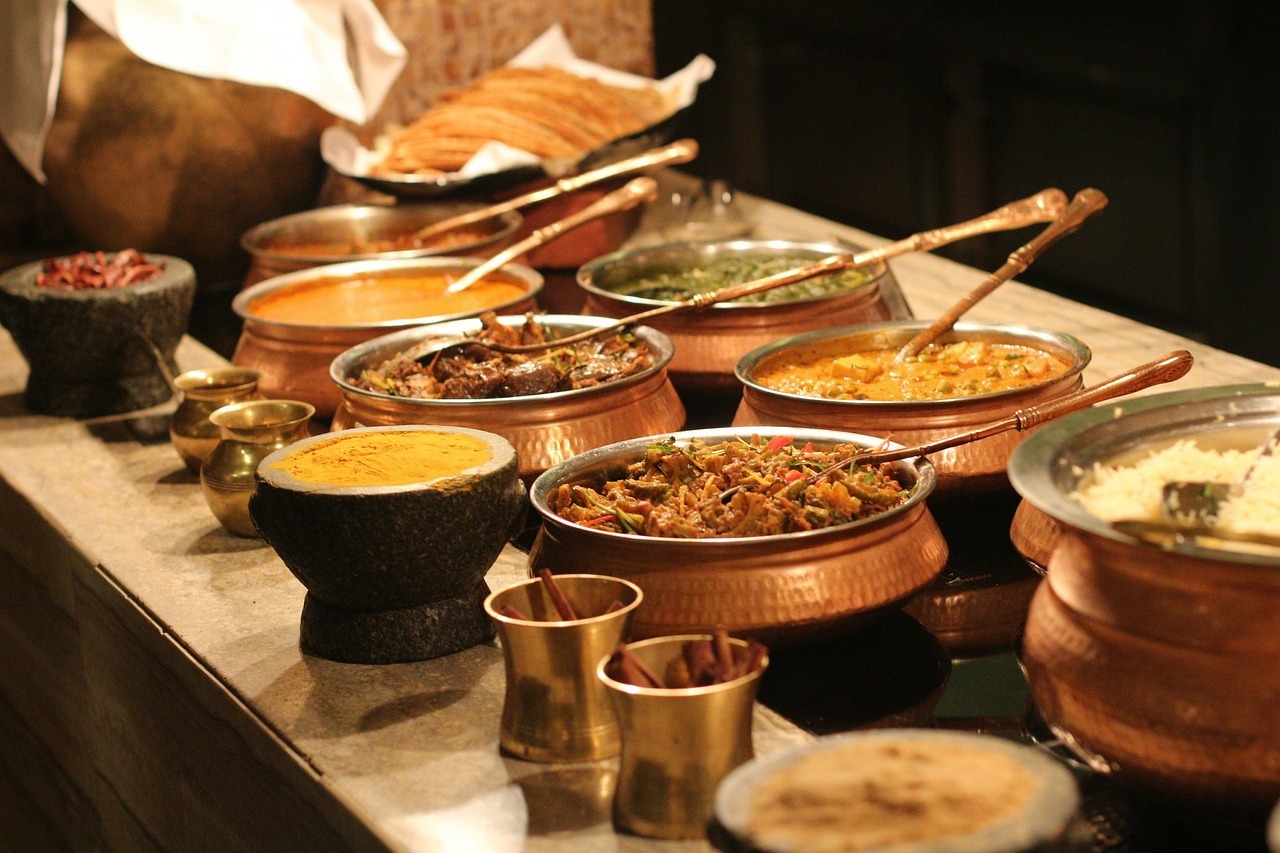
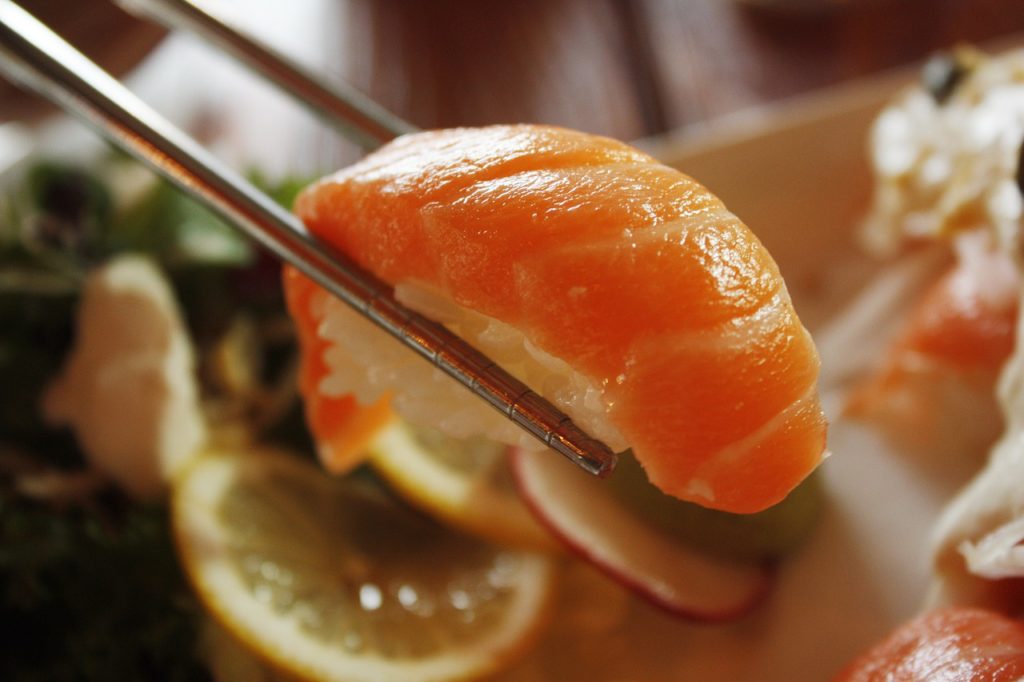
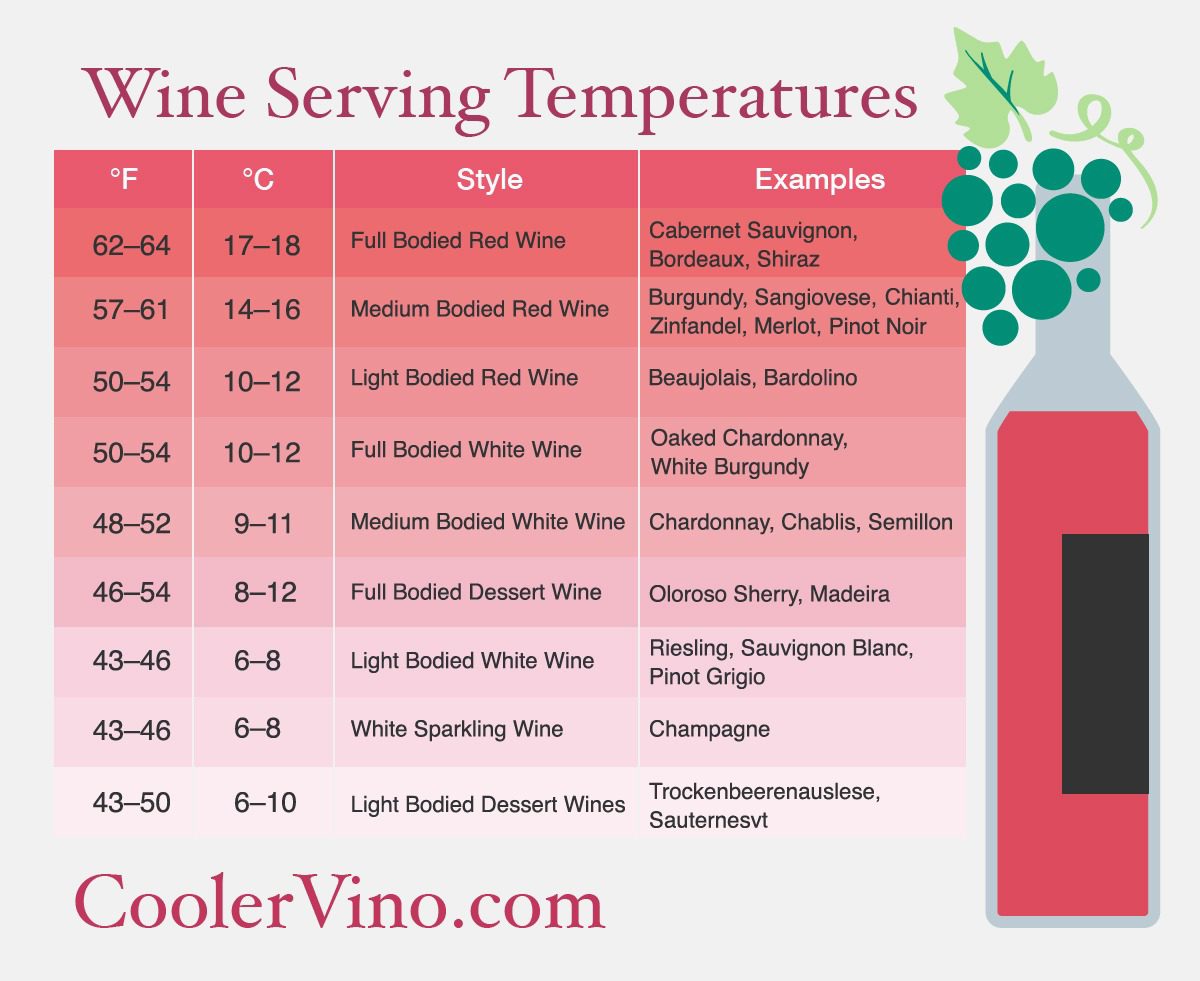
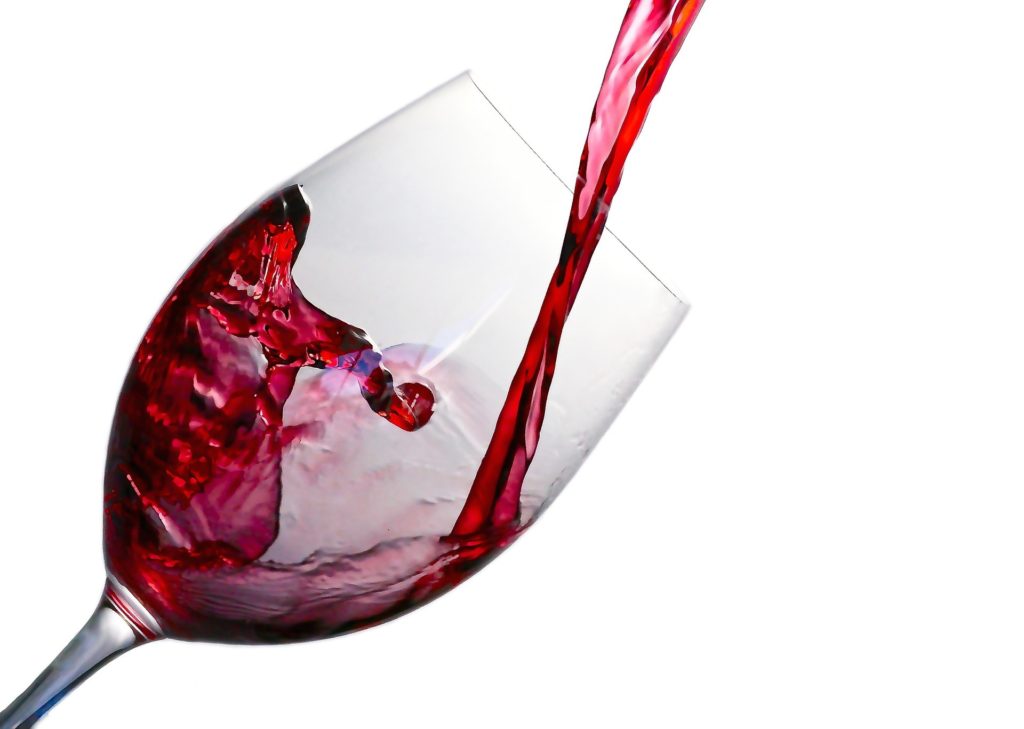
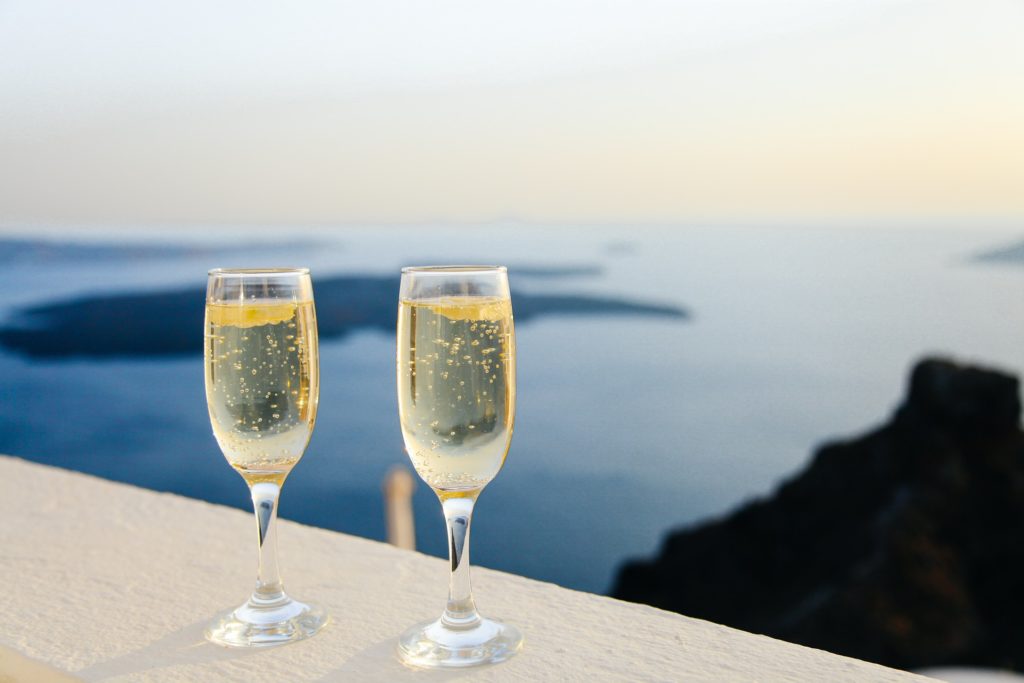
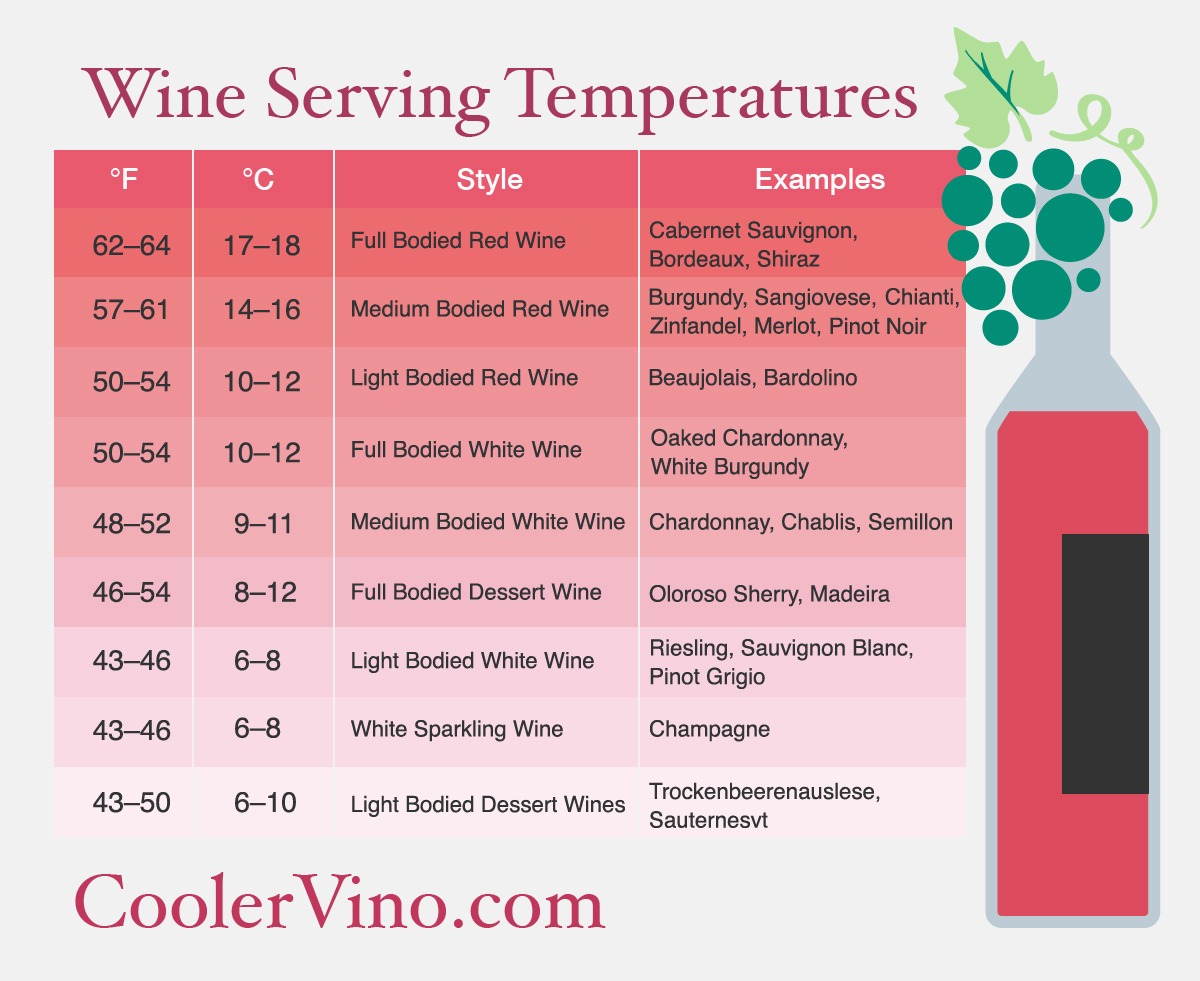
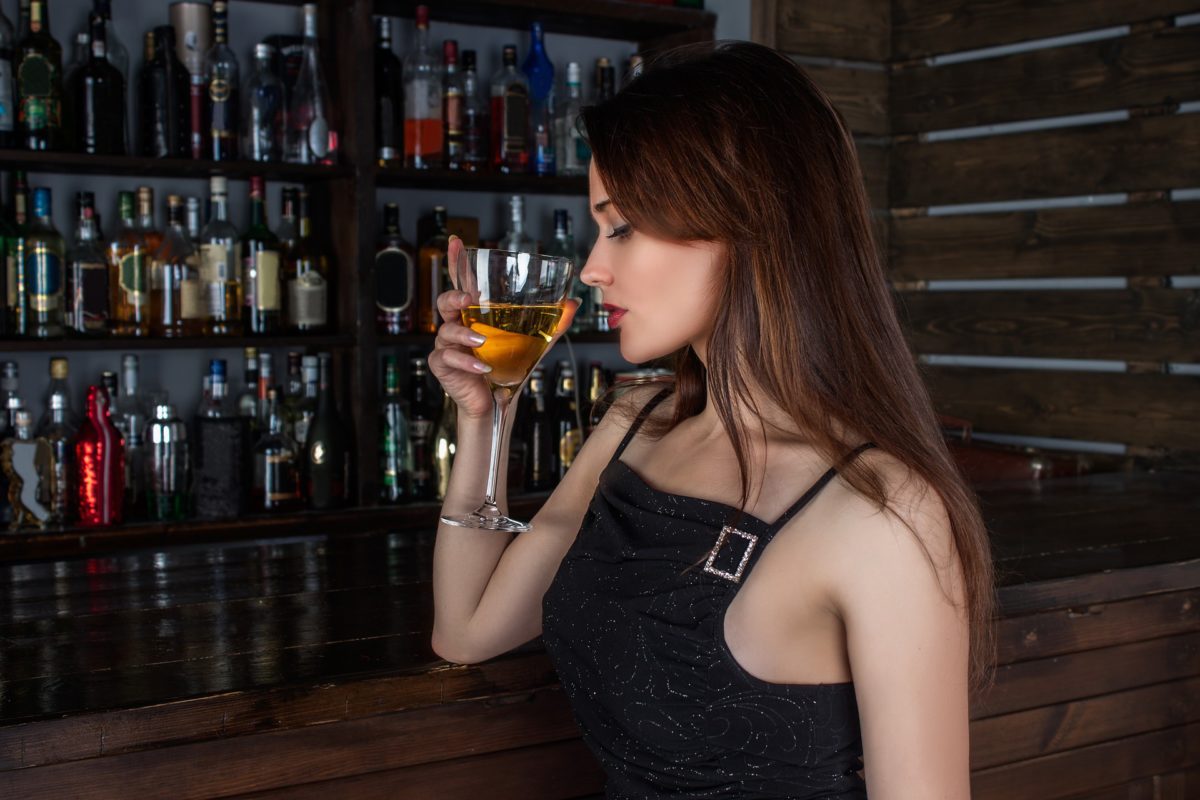
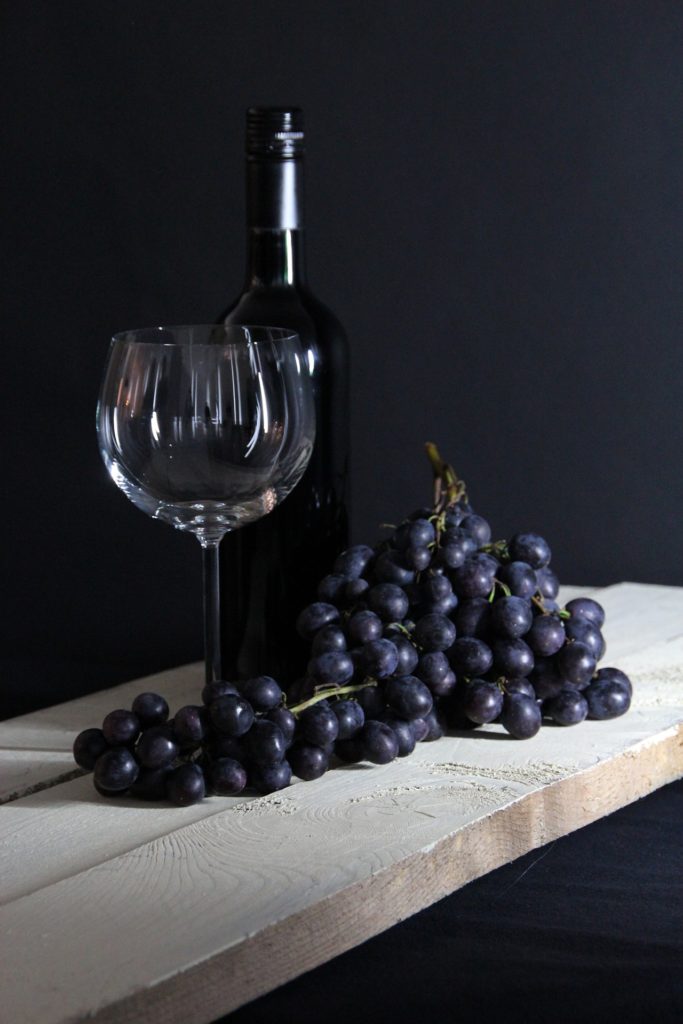 Let’s starting at one of the easiest places when it comes to wine: how it looks. You probably know that there’s
Let’s starting at one of the easiest places when it comes to wine: how it looks. You probably know that there’s 